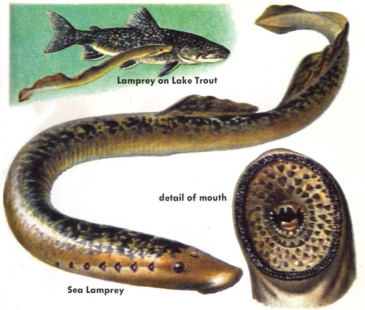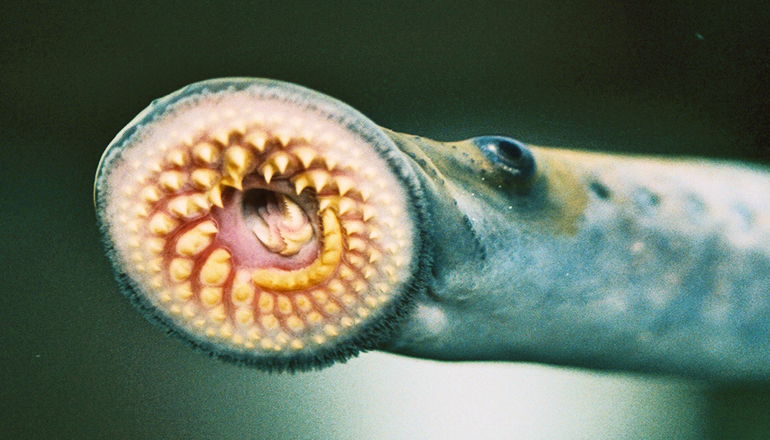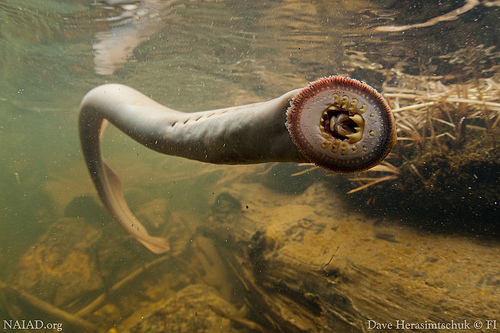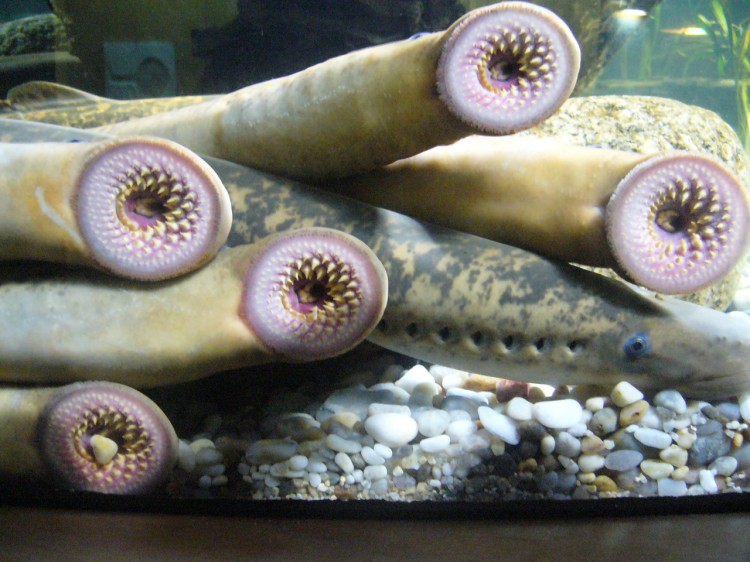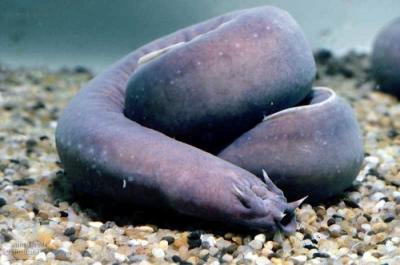| Animals World |
|
|
Lampreys and Hagfish
The vertebrates are normally divided into two
groups based on the presence or absence of
jaws. The vast majority possess jaws and are
termed Gnathostomata; jawless forms are termed
Agnatha. The Agnatha are represented today by
the lampreys and hagfish, organisms of little economic
importance but of great interest to biologists
as the sole survivors of an extensive group of
Paleozoic (245 to 570 million-year-old) agnathans,
which includes the earliest known vertebrates.
The extant forms are often referred to as the cyclostomes,
the fossil forms as ostracoderms; however,
these do not constitute monophyletic groups
(groups including the common ancestor and all
descendants), and some fossil Agnatha are closely related to cyclostomes.
|
Look also: Most Popular AnimalsPrincipal Terms
Agnatha: a class of vertebrates that includes
all forms in which jaws are not developed;
the group to which the earliest
vertebrates belong |
|
Copyright 2016 |
|
